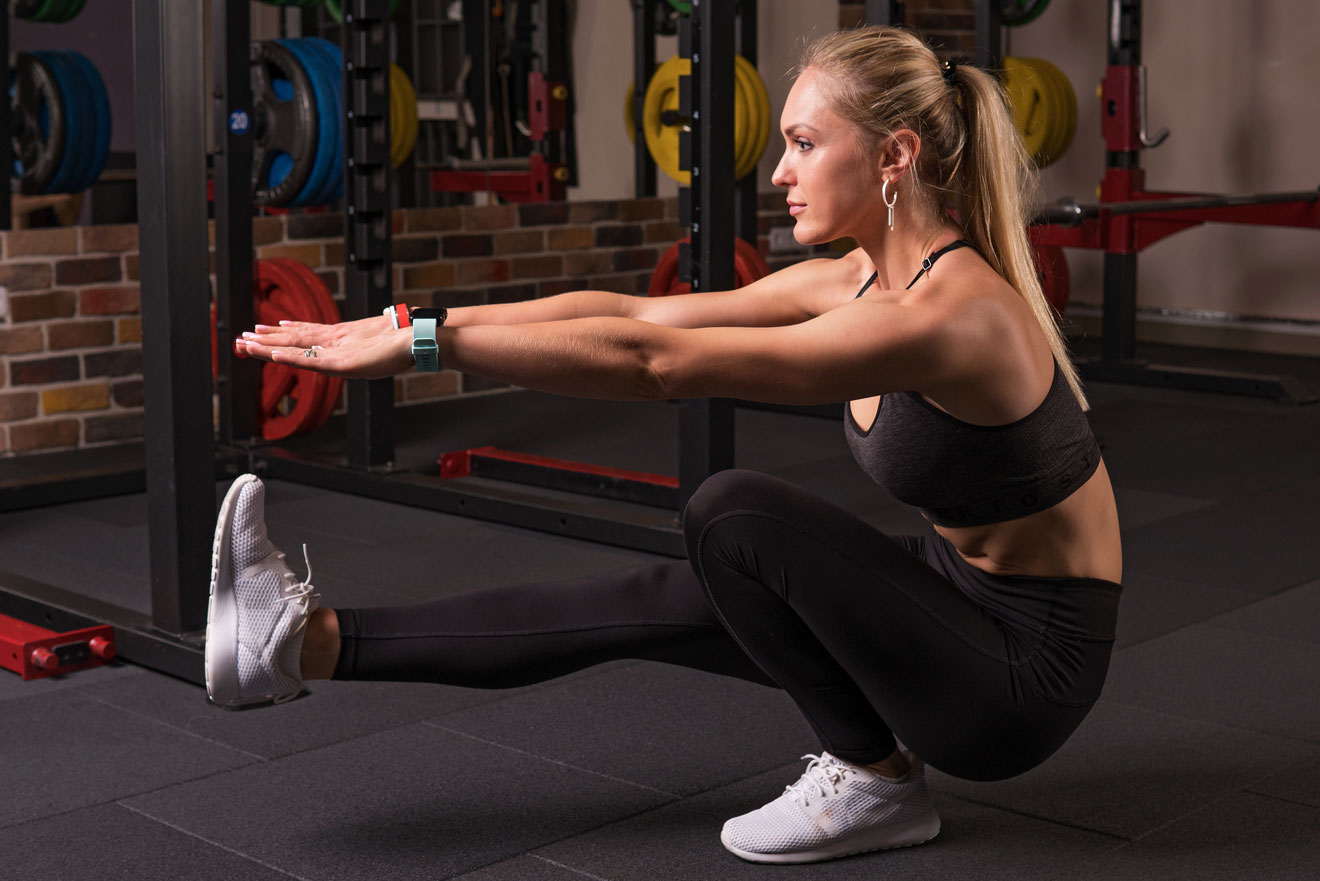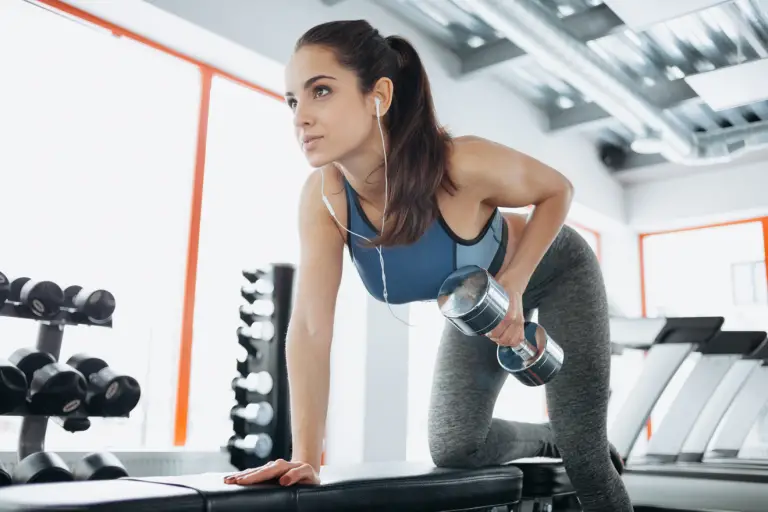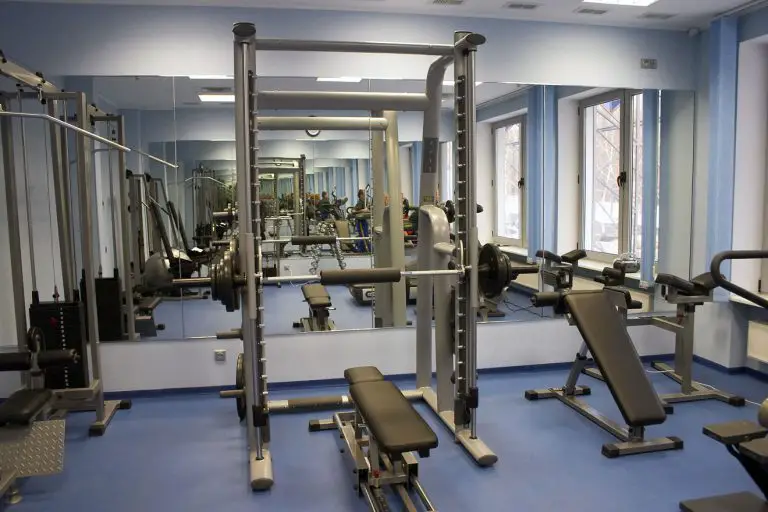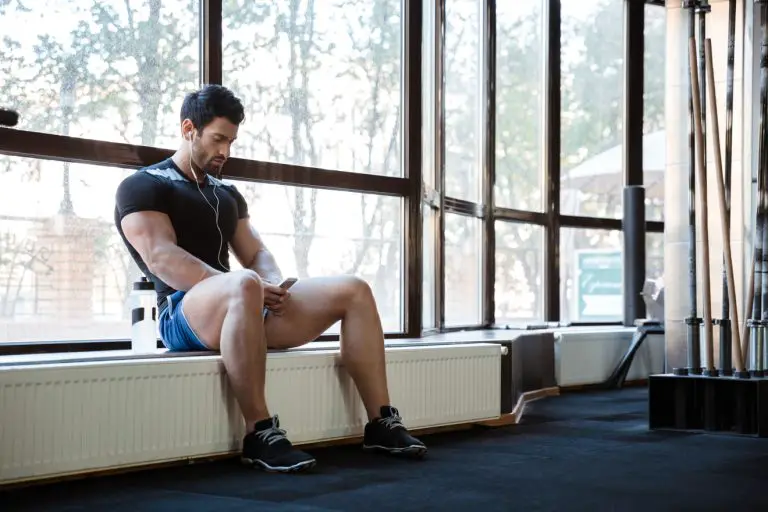What is functional fitness?
Key takeaways
- Functional fitness involves exercises that mimic everyday movements like bending, lifting, twisting, and squatting to improve strength, flexibility, and mobility for daily activities.
- The goal of functional fitness is to enhance the efficiency and ease of everyday tasks (e.g., lifting groceries, carrying children, getting up from a chair) while reducing the risk of injury.
- Benefits include improved daily performance, injury prevention, and better posture.
- Key exercises included in functional training are squats, deadlifts, lunges, step ups, planks, russian twists and farmer’s walk. These exercises improve balance, build core strength, and enhance stability. These exercises prepare your body for the physical demands of everyday life.
Workouts that make daily life easier
In recent years, functional fitness has become a buzzword in the fitness industry, but what exactly does it mean? Simply put, functional fitness refers to exercises and movements that mimic the actions you perform in everyday life. The goal of functional fitness is not only to improve your appearance but also to enhance your ability to perform daily tasks more efficiently and with less risk of injury.
Unlike traditional workouts that may focus on isolated muscle groups, functional fitness training incorporates multi-joint movements that engage several muscles and joints at once, much like real-world activities. This approach aims to build strength, stability, and flexibility to help you move better, whether you’re lifting groceries, carrying children, or simply getting up from a chair.
Functional fitness isn’t just about physical strength—it’s about preparing your body to function in everyday life. In this article, we’ll explore the key principles of functional fitness, its benefits, and some effective workouts to help make your daily routine easier and more efficient.
Why train functional fitness?
Functional fitness focuses on improving your body’s performance in tasks that involve basic movements. For instance, movements like bending, twisting, pushing, pulling, and squatting are part of many daily activities. Whether you’re picking up an object from the floor, climbing stairs, or getting in and out of a car, your body is engaging in functional movement.
One of the main reasons functional fitness has gained traction is its practical approach to overall fitness. While traditional gym routines might emphasize building muscle mass or cardiovascular endurance, functional fitness is about improving the way your body moves and how efficiently it performs in real-world scenarios.
With an emphasis on mobility, strength, and balance, functional fitness can make you more adaptable to various physical demands in your life. Whether you’re an athlete looking to improve sports performance or someone simply wanting to live with more ease, functional training can offer great value.
The benefits of functional fitness
Functional fitness offers a range of benefits that go beyond aesthetics or building muscle size. Some key advantages of incorporating functional exercises into your workout routine include improved everyday performance, reduced risk of injury and better posture.
The primary benefit of functional fitness is improved ability in everyday life. When your body is better able to handle physical tasks, you may notice that activities like carrying groceries, lifting furniture, or playing with kids become easier and less taxing. This is because functional exercises build functional strength. Unlike traditional bodybuilding routines that may focus on isolated muscle groups, functional exercises work multiple muscles at once, allowing you to develop strength throughout your entire body. This results in more balanced muscle development and improved muscle tone. Functional fitness workouts also focus on joint mobility and flexibility which are components of an efficient movement system. When your joints move freely and your muscles are flexible, you are less likely to experience stiffness or discomfort during daily activities. Thus, training functionally prepares you for a wide variety of movements so you can tackle any task with more efficiency and less fatigue.
This also leads to a lower risk of injury, especially in situations where you might have to lift or carry something heavy, bend over to pick up an item, or perform quick movements to avoid a fall. Since functional fitness strengthens muscles and improves balance, this can help protect your joints and improve your overall stability. Many functional exercises also engage the core, which plays a role in improving posture. Better posture may also reduce the risk of back pain.
Functional exercises
Squats and deadlifts mimic common movements such as lifting groceries or lifting children. Start with bodyweight squats then progress by adding weights, such as the dumbbell squat.
Lunges and step-ups are excellent exercises for improving balance and leg strength. These exercises mimic activities like climbing stairs or getting in and out of a car. Again, start with bodyweight only and add weights. You can also try performing the lunges or step-ups on stools of different heights, such as in the Bulgarian split squats.
Planks and Russian twists are great for building core strength, which is essential for maintaining balance and stability throughout your daily tasks. Daily tasks like reaching towards the other side or turning your head and torso to look past a corner are more efficient when core strength is trained.
The dumbbell farmer’s walk involves carrying weights in each hand while walking for a set distance. This exercise strengthens your grip, arms, and shoulders. This mimics daily activities like carrying suitcases or luggage.
Improving daily life
Functional fitness is a highly effective way to improve your body’s performance in everyday life. By focusing on movements that mimic real-world tasks, functional workouts help enhance strength, balance, mobility, and flexibility, all of which are necessary for making daily tasks easier and more efficient. Whether you’re lifting groceries, playing with your children, or performing a job that requires physical labor, training functionally prepares you to handle it all with more confidence and less risk of injury. If you’re looking to make everyday life easier, functional fitness could be the key to a stronger, more resilient body.
Written with the assistance of AI. Reviewed and edited by Marielle Livelo.







